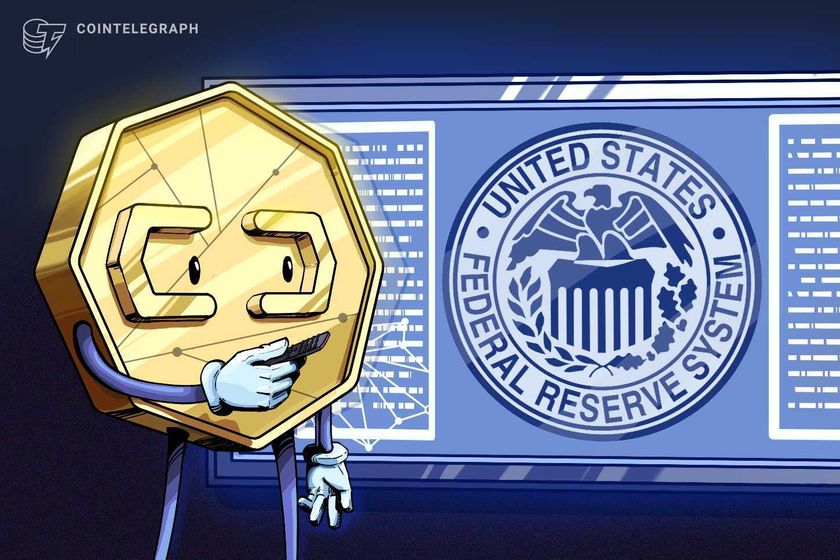CHICAGO, ILLINOIS – SEPTEMBER 08: Theo Benedet #79 of the Chicago Bears warms up prior to an NFL football game against the Minnesota Vikings at Solider Field on September 8, 2025 in Chicago, Illinois . (Photo by Perry Knotts/Getty Images)
Getty Images
How much longer can the Bears survive with bargain-basement left tackles?
This is the position protecting a right-handed quarterback’s back. It was always considered vital to the success of an offensive line by football insiders but sprang into prominence among fans after the release of the book and movie based on Michael Oher, “The Blind Side.”
There are 27 NFL tackles earning at least $17.5 million this season, and most of them line up on the left side. The Bears haven’t paid an eight-figure salary to a tackle since Charles Leno Jr. had a $10.3 million cap hit in 2020, his last guaranteed season in a four-year, $37 million deal.
Leno protected Jay Cutler, Mitchell Trubisky and their backups from 2014 through ’20. When Leno left as a free agent, the Bears put big hopes into second-round draft pick Teven Jenkins while investing $1.75 million in 39-year-old veteran Jason Peters as a stop-gap replacement.
They’ve been making financially driven compromises on left tackles ever since, in part because of a decision in the 2022 draft that offset Jenkins’ move to guard and frequent absences due to injuries.
Enter Braxton Jones, who has started 44 games since General Manager Ryan Poles — a former offensive lineman himself — selected him in the fifth round from tiny Southern Utah University. Jones was benched in the second quarter of the Week 4 victory over Las Vegas in favor of Theo Benedet, who they signed as an undrafted free agent in 2024.
Jones played three seasons under the terms of his four-year, $3,960 rookie deal. He’s got a base salary of $3.66 million this season thanks to his qualifying in the second tier of the Proven Performance Escalator clause in the collective bargain agreement.
Benedet, a four-year starter at the University of British Columbia, took a $20,000 signing bonus and an $80,000 base salary to sign with the Bears. He was on the roster bubble as a rookie before suffering a Grade 2 hamstring strain in training camp. The 6-7, 305-pounder spent last year rehabbing on the practice squad roster and challenged Jones, Kiran Amegadjie and 2025 second-rounder Ozzy Trapilo in a battle for the left tackle job this year.
Jones suffered a broken fibula in Week 16 last season and has received only tepid endorsements from Ben Johnson, the Bears’ coach, and new line coach Dan Roushar. He seemed like a default option when he proved himself healthy during preseason, when the focus was on protecting quarterback Caleb Williams, but has disappointed in blocking for a run game built around D’Andre Swift.
Swift is averaging only 3.3 yards over 56 carries. Jones, who was graded among the top 34 tackles by Pro Football Focus in his first three seasons, currently sits 51st among 72 qualifying tackles. His run-blocking score of 47.2 ranks 65th.
Benedet has played 95 snaps through four weeks, including a start at right tackle in place of Darnell Wright. He ranks 65th at tackle, which raises a caution flag over how viable he’ll be as a regular if he does get a long look. He is expected to start Monday night at Washington but Johnson has publicly remained noncommittal on the decision.
PFF had Jones at a 41.3 mark in Week 4 before he was benched after botching his blocking assignment on a third-and-19 draw play in the second quarter of a 25-24 victory over Las Vegas. Benedet (43.4) graded only marginally better.
Benedet is a great story. He was the first player to win Canada’s top honor for collegiate down linemen (the J.P. Metras Award) in consecutive years, earning an invite to the East-West Shrine Bowl. He made a splash on HBO’s Hard Knocks show by singing Lee Greenwood’s “God Bless America” while wearing a red-white-and-blue thong as part of his rookie initiation, which earned him the nickname “Canadian Eagle.”
But NFL teams weren’t sold on his ability to combat stronger, quicker defensive linemen, and he continues having to prove himself. He’ll be tested by the Commanders’ Durance Armstrong and Von Miller, among others, on Monday night.
Wright, who was the Bears’ first-round pick in 2024, may ultimately prove to be the answer at left tackle. But Johnson and Roushar have been reluctant to move him off the right side, even with questions about Jones’ standing on the left side.
The massive Wright (6-5, 335) graded out 16th among 81 qualifying tackles by PFF last season and is currently sitting 29th. Whether he stays on the right side or moves to the left side, he’s almost certain to land an eight-figure contract next season. He seems certain to receive a fifth-year option on his rookie deal or a contract extension.
Left tackle was a position of interest entering this season but Poles instead focused on rebuilding the interior of the offensive line. Williams is benefitting from the presence of center Drew Dalman and guards Joe Thuney and Jonah Jackson, all of whom are under the team’s control through 2027.
It’s hard to imagine a reason not to address tackle through the draft or free agency next spring. In the meantime, auditions will be ongoing as Poles allows one of the team’s biggest bargains to move toward free agency. The only thing that seems clear is Jones is headed toward the door, with the long-term replacement to be determined later.
Source: https://www.forbes.com/sites/philrogers/2025/10/10/bears-keep-looking-for-a-left-tackle-to-fill-charles-lenos-cleats/



